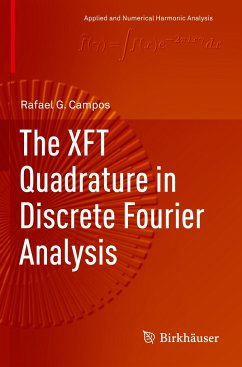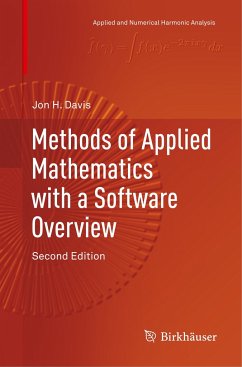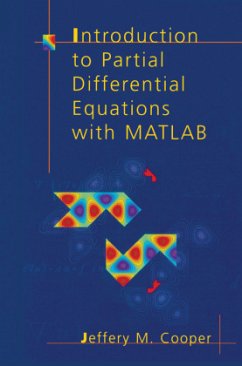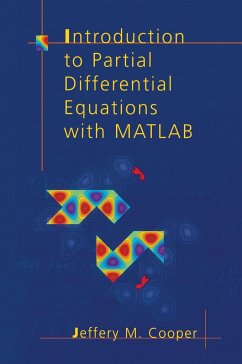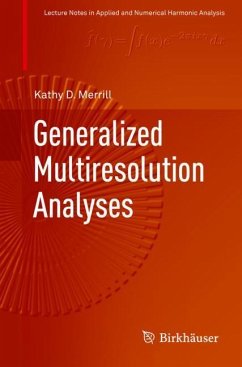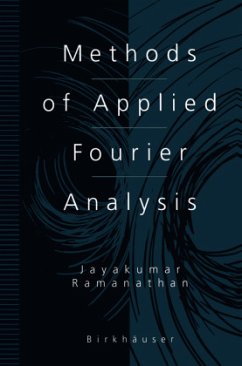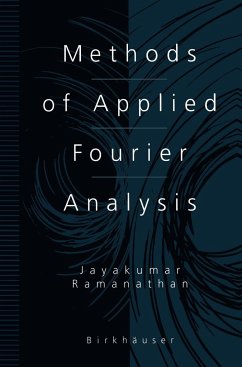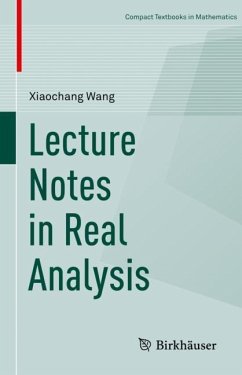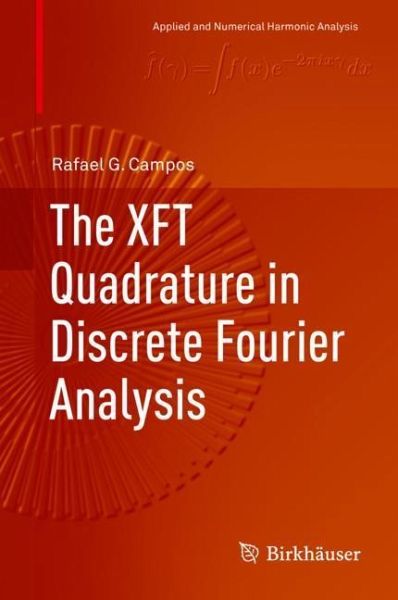
The XFT Quadrature in Discrete Fourier Analysis
Versandkostenfrei!
Versandfertig in 6-10 Tagen
83,99 €
inkl. MwSt.
Weitere Ausgaben:

PAYBACK Punkte
42 °P sammeln!
This book has two main objectives, the first of which is to extend the power of numerical Fourier analysis and to show by means of theoretical examples and numerous concrete applications that when computing discrete Fourier transforms of periodic and non periodic functions, the usual kernel matrix of the Fourier transform, the discrete Fourier transform (DFT), should be replaced by another kernel matrix, the eXtended Fourier transform (XFT), since the XFT matrix appears as a convergent quadrature of a more general transform, the fractional Fourier transform.In turn, the book's second goal is t...
This book has two main objectives, the first of which is to extend the power of numerical Fourier analysis and to show by means of theoretical examples and numerous concrete applications that when computing discrete Fourier transforms of periodic and non periodic functions, the usual kernel matrix of the Fourier transform, the discrete Fourier transform (DFT), should be replaced by another kernel matrix, the eXtended Fourier transform (XFT), since the XFT matrix appears as a convergent quadrature of a more general transform, the fractional Fourier transform.
In turn, the book's second goal is to present the XFT matrix as a finite-dimensional transformation that links certain discrete operators in the same way that the corresponding continuous operators are related by the Fourier transform, and to show that the XFT matrix accordingly generates sequences of matrix operators that represent continuum operators, and which allow these operators to be studied from another perspective.
In turn, the book's second goal is to present the XFT matrix as a finite-dimensional transformation that links certain discrete operators in the same way that the corresponding continuous operators are related by the Fourier transform, and to show that the XFT matrix accordingly generates sequences of matrix operators that represent continuum operators, and which allow these operators to be studied from another perspective.





